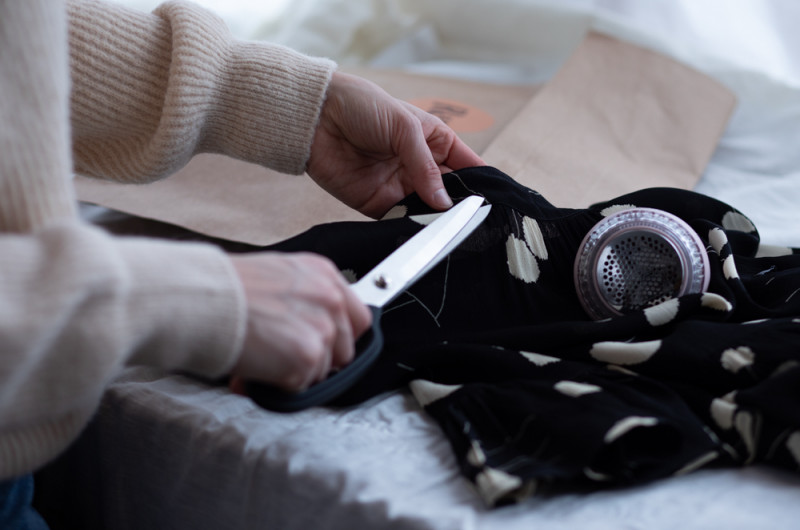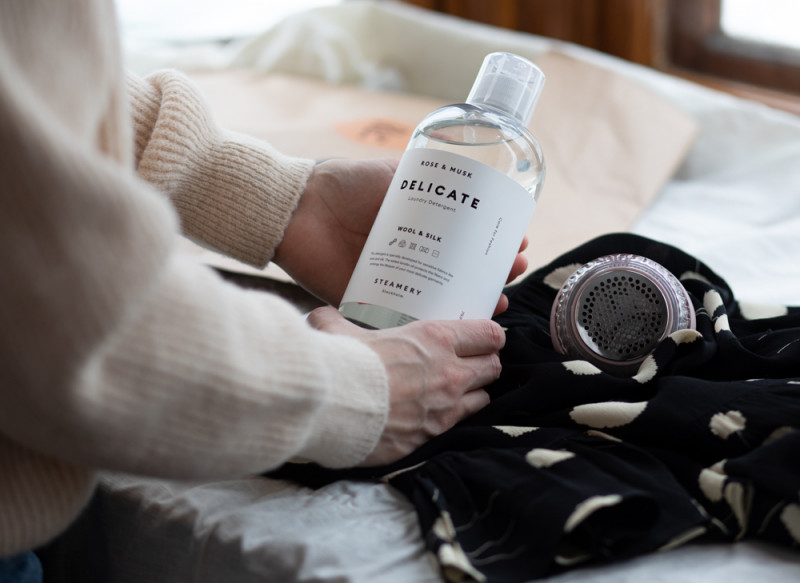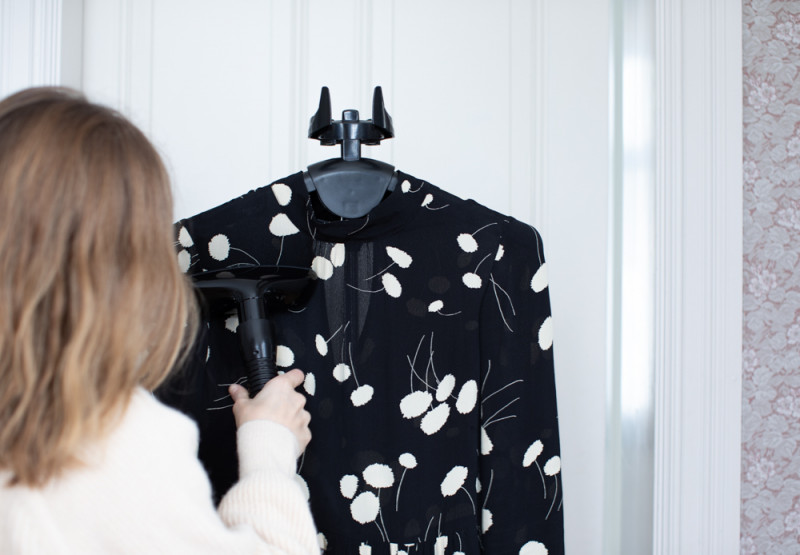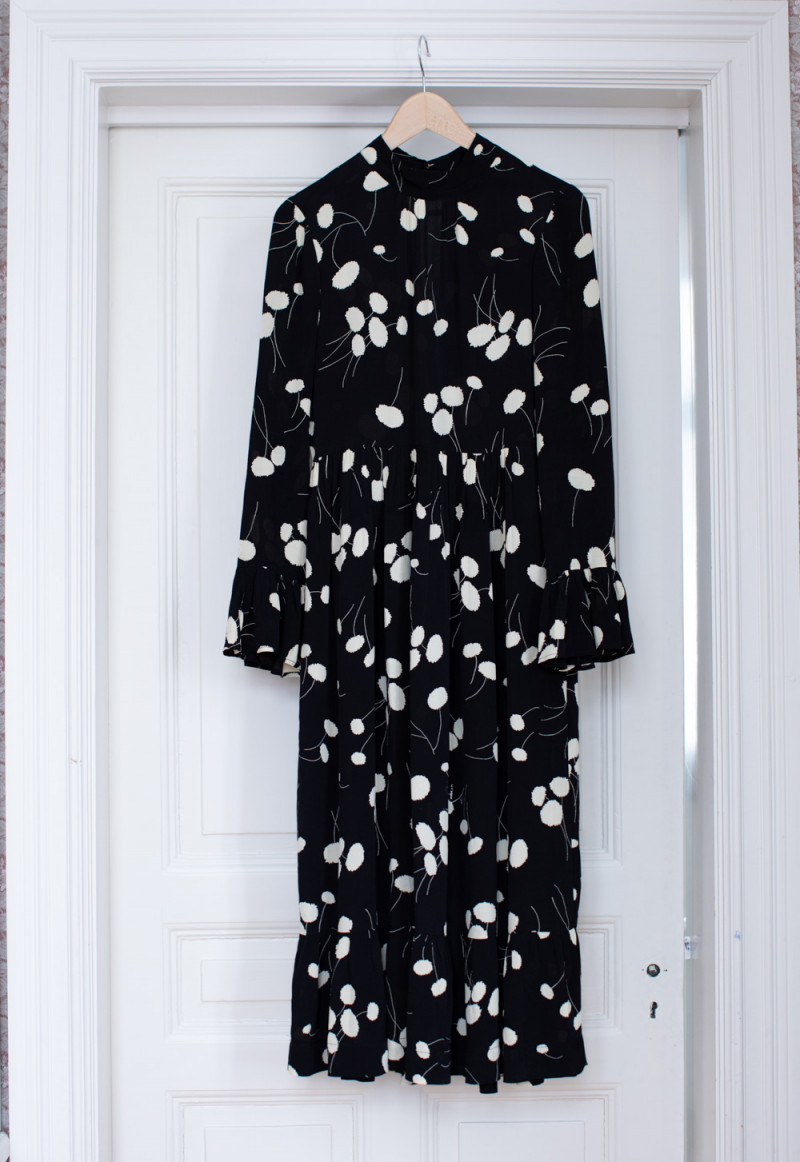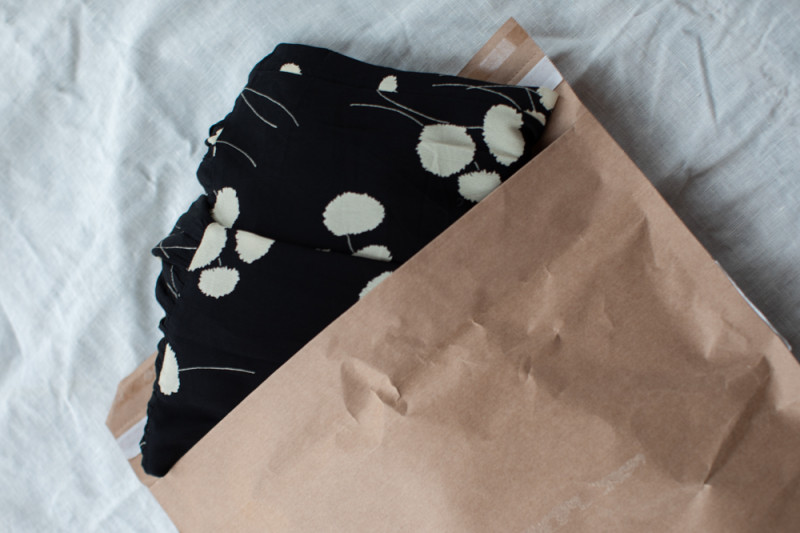Choosing where to sell
Today there are plenty of services where you can sell your clothes second hand. Niche and local second hand stores, like
Arkivet in Stockholm and Gothenburg, are popular for selling clothes on commission
*. The online market is dominated by services like Facebook Marketplace or
Vestiaire Collective, or local Swedish apps like Tradera, Tise or Sellpy. Local Facebook groups like Labels We Love or Circle of Clothes in Sweden are also popular for peer-to-peer selling.
If you sell through Vestiaire Collective or a local niche second hand store, their commission rate tends to be high (at least 40%) – in return, all you need to do is hand in your clothes. Advertising at online apps is often cheaper, and you’re offered some help with the shipping – but you’ll have to do most of the work yourself.
Selling peer-to-peer on Facebook groups is free, and since most well-respected and popular groups have strict rules, you’ll reach the right audience. But be prepared to do all the work yourself.
5 tips when selling second hand
1. Spruce up: Wash, steam and remove pills
Refresh your garment before reselling it. Wash, remove pills, cut off loose threads, and steam.
